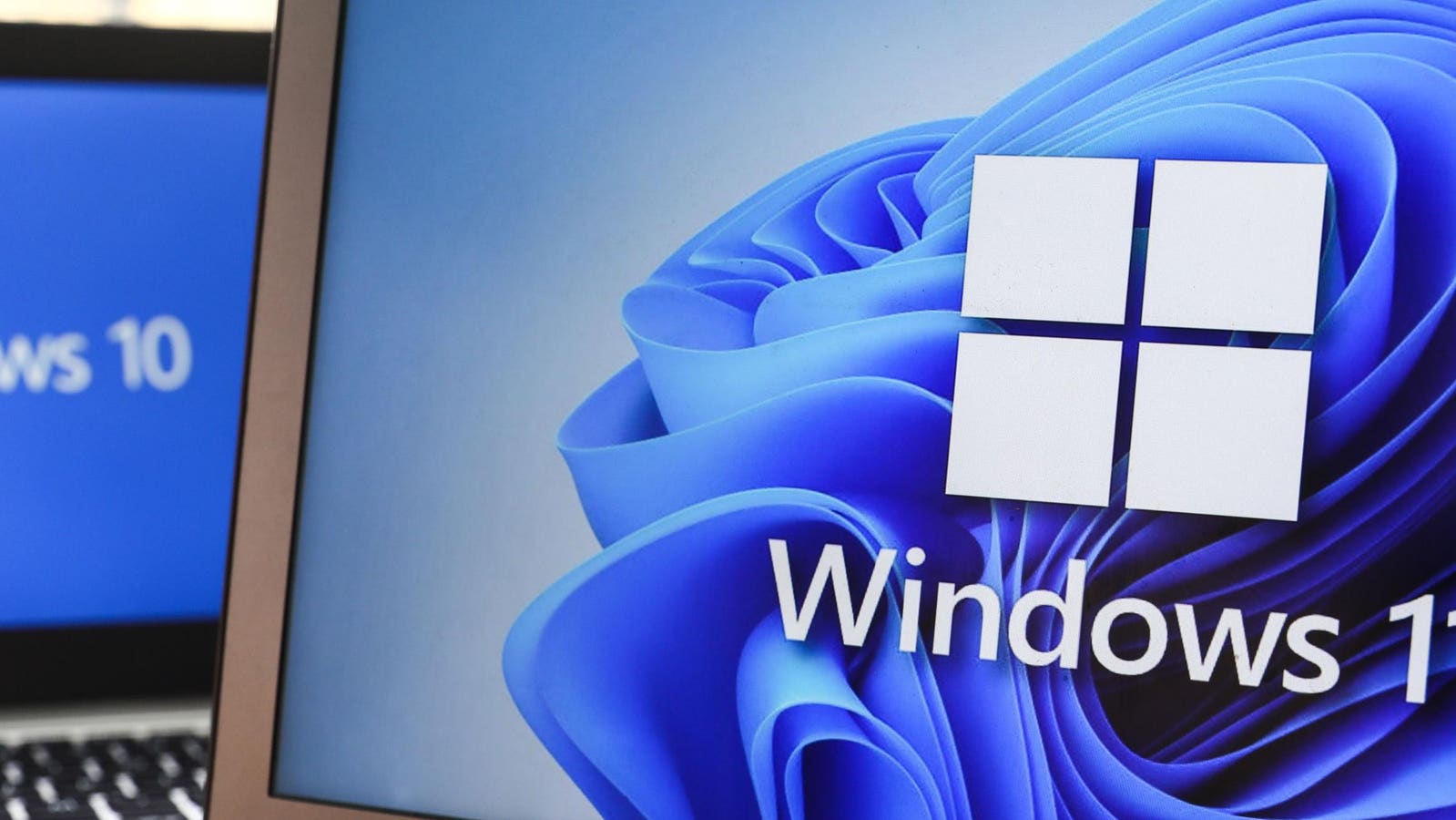Vinay Makkaji is a Cloud COE Leader at Capgemini America Inc.
Rental in the supply chain industry is a growing, multibillion-dollar business, yet many organizations still rely on manual processes, outdated controls and legacy technology. This presents an opportunity to modernize rental billing with a contemporary, scalable enterprise solution that streamlines billing and finance operations while enhancing the customer experience. A near real-time ecosystem can transform invoicing, credit card payments, financial management and the rental rewrite process, driving greater efficiency and business agility.
By modernizing legacy applications, organizations can enhance rental functionality by simplifying complex processes to improve efficiency and billing accuracy. Automation accelerates billing cycles, maximizing cash flow and revenue while ensuring that invoices align with customer preferences.
A streamlined system enhances the customer experience, reduces time to market and provides key performance indicators (KPIs) for better decision-making. Additionally, it strengthens audit compliance, ensuring financial and operational transparency.
As a solutions leader, I strongly feel that the industry immediately needs transformation and modernization in this space to address current limitations.
Industry Relevance
Legacy technology constraints are significantly impacting rental billing productivity and efficiency. Supply chain industry stakeholders must compensate for these limitations through manual efforts, which can affect billing accuracy and degrade the rental customer experience. Additionally, critical billing controls require strengthening and automation.
Several key challenges highlight the need for modernization:
• Outdated invoice layouts make creation difficult, with no robust templates for businesses to customize.
• Limited online invoice accessibility and lack of electronic delivery hinder efficiency.
Modernization
To address these issues, a digital transformation strategy is essential, focusing on:
• Cloud migration with a structured approach to implementing event-driven architecture in near real time.
• Progressive web app (PWA)-based micro front-ends for an improved user experience.
• Cloud-agnostic, containerized microservices for enhanced billing capabilities.
• Loosely coupled integrations using synchronous and asynchronous patterns across internal systems and third-party applications.
• End-to-end observability and automated DevSecOps for improved security and operational efficiency.
Achieving A Competitive Advantage
Modernizing rental billing systems provides businesses with a competitive advantage, strengthening their market position through technology-driven innovation.
Key benefits include:
• Revenue Generation: Enhancing system performance and reliability to reduce time-to-cash and accelerate revenue recognition.
• Scalability: Enabling businesses to expand efficiently and keep pace with industry innovations.
• Operational Efficiency: Leveraging automation to reduce manual effort, allowing teams to focus on high-value activities.
• Customer Experience: Improving data accuracy and technology to create seamless, positive interactions that drive customer loyalty.
Solving Key Industry Challenges
Our transformation strategy addresses critical inefficiencies in supply chain rental systems:
• Risk Mitigation: Reduce sequential job processing failures that delay financial postings to the general ledger.
• Exception Management: Organizations can now proactively detect and resolve exceptional scenarios (e.g., out-of-balance accounts, chargebacks) through automated business rules.
• Audit Compliance: Default settings improve compliance by automatically generating invoices for post-chargeback fund recovery.
• Technological Automation: Configurable business rules enable updates and adaptations as needed.
• Approval And Flexibility: Businesses gain the ability to review and approve invoices before finalization and adjust maintenance or special invoice postings to prevent aging issues.
• Enhanced Invoice Layouts: Streamlined formatting improves readability and includes additional information in PDFs.
• Accounts Payable Efficiency: Commercial rental customers benefit from improved processing efficiency and satisfaction.
• Billing Accuracy: Reduced discrepancies ensure alignment between direct bill charges and rental agreements.
• Independent Credit Card Processing: A decoupled payment and settlement system enables organizations to leverage credit card transactions for enterprise billing.
Lessons Learned
One does not just build microservices; many other things need to be done in order to be successful. It requires traceability from idea to usage, a focus on delivering business value and maintaining a highly dynamic, elastic environment that ensures consistency and reliability.
Domain-driven design is essential for structuring microservices effectively. This includes defining a ubiquitous language for clear communication, establishing bounded contexts to maintain service independence and decomposing the domain model into aggregate roots and value objects for better data management. Using the CQRS pattern further optimizes performance.
At an enterprise level, a layered architecture separates presentation, service and data layers, improving flexibility, independence and reusability.
Challenges
In supply chain rental, multiple service lines rely on flexible, cost-effective solutions that improve efficiency and adaptability without long-term ownership commitments. By leveraging GenAI RAG accelerators, businesses can:
• Analyze data to identify growth opportunities and auto-scale efficiency.
• Link real-time operations data with prescriptive insights for equipment rentals.
• Provide safety briefings and remediation strategies tailored to specific events.
The main challenge for large organizations is cultural transformation. Adopting a DevSecOps-driven, reliability engineering culture is just as crucial as implementing new technology. Moving away from a legacy mindset toward a modern, cloud-native architecture requires strategic change management.
Next Steps
To successfully modernize rental billing, businesses must engage in collaborative workshops and in-depth stakeholder discussions to:
• Assess the current system, document requirements and define architectural improvements.
• Provide actionable recommendations aligned with business goals and validate them through stakeholder feedback.
• Develop a finance transactional system starting with rental billing/finance integration to enhance scalability, performance and speed-to-market.
You should also propose a future-state architecture for rental billing systems that aligns with business objectives and integrates multiple billing platforms, and deliver an architectural recommendation document outlining phases, timelines, milestones, team-size estimates and migration strategies.
By embracing this transformation, organizations can future-proof their rental billing operations, improve efficiency and drive long-term business success.
Forbes Technology Council is an invitation-only community for world-class CIOs, CTOs and technology executives. Do I qualify?








